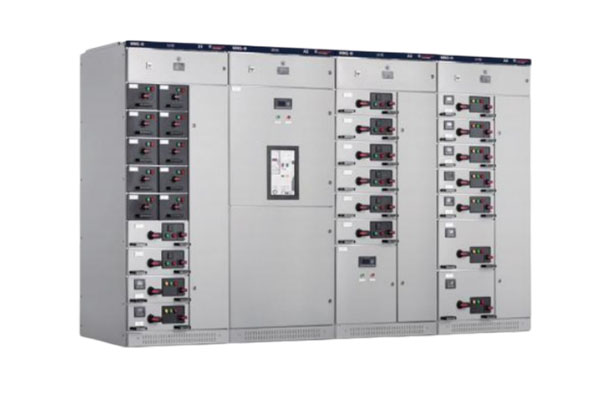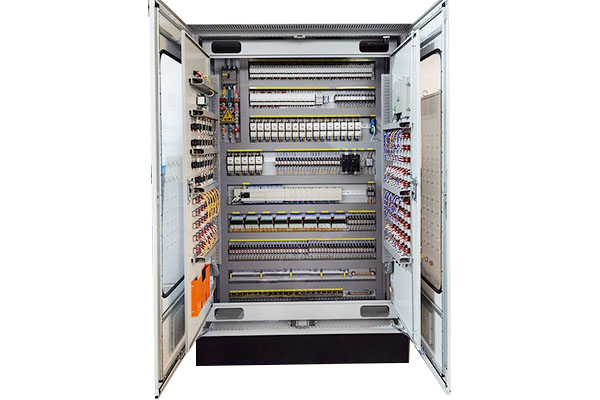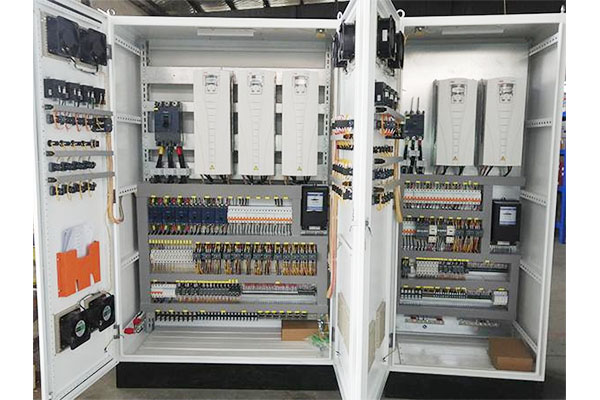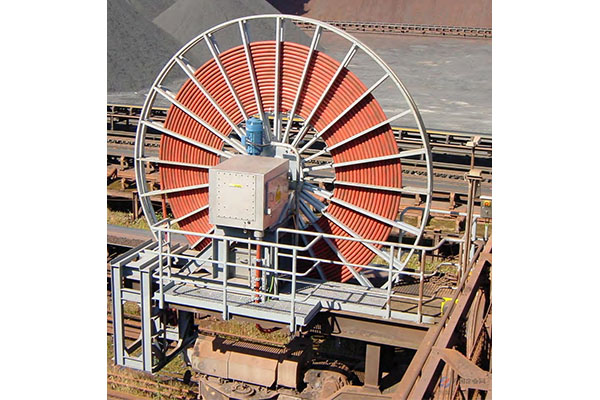How to choose a suitable cable reel according to application requirements?
Release Time : 2024-12-30
As an important auxiliary equipment for power and signal transmission, cable reel plays an indispensable role in various mechanical equipment and automation systems. Choosing a suitable cable reel can not only ensure the safe and orderly storage of cables, but also improve the operating efficiency and reliability of the equipment.
First of all, the length and diameter of the cable should be considered. The length of the cable determines the storage capacity of the reel, while the diameter of the cable affects the internal structure and size of the reel. Make sure that the selected reel can accommodate the required length of cable and that the internal space is large enough to avoid the cable being squeezed or damaged during the winding process.
Secondly, the working environment is also an important factor to consider when choosing a cable reel. If the working environment has a high temperature, high humidity or corrosive gases, it is necessary to choose a cable reel with high temperature resistance, moisture resistance, and corrosion resistance. In addition, for equipment that needs to be moved or rotated frequently, a reel with a sturdy structure and flexible rotation should be selected to ensure the stability and safety of the cable in a dynamic environment.
Furthermore, the load requirements cannot be ignored. The cable reel needs to bear the weight of the cable and the possible tension. Therefore, when choosing, make sure that the load-bearing capacity and strength of the reel meet the actual needs. At the same time, for applications that require precise control of the cable reeling speed, you can choose a cable reel with a speed regulator or sensor.
Finally, the compatibility of the cable reel also needs to be considered. Make sure that the selected reel matches the installation method, power requirements, signal transmission standards, etc. of the equipment to avoid installation difficulties or functional failures caused by mismatches.
In summary, choosing a suitable cable reel requires comprehensive consideration of multiple factors such as cable length, working environment, load requirements, and compatibility. By comprehensively evaluating application requirements, we can find the most suitable cable reel to provide strong guarantees for the stable operation of the equipment.
First of all, the length and diameter of the cable should be considered. The length of the cable determines the storage capacity of the reel, while the diameter of the cable affects the internal structure and size of the reel. Make sure that the selected reel can accommodate the required length of cable and that the internal space is large enough to avoid the cable being squeezed or damaged during the winding process.
Secondly, the working environment is also an important factor to consider when choosing a cable reel. If the working environment has a high temperature, high humidity or corrosive gases, it is necessary to choose a cable reel with high temperature resistance, moisture resistance, and corrosion resistance. In addition, for equipment that needs to be moved or rotated frequently, a reel with a sturdy structure and flexible rotation should be selected to ensure the stability and safety of the cable in a dynamic environment.
Furthermore, the load requirements cannot be ignored. The cable reel needs to bear the weight of the cable and the possible tension. Therefore, when choosing, make sure that the load-bearing capacity and strength of the reel meet the actual needs. At the same time, for applications that require precise control of the cable reeling speed, you can choose a cable reel with a speed regulator or sensor.
Finally, the compatibility of the cable reel also needs to be considered. Make sure that the selected reel matches the installation method, power requirements, signal transmission standards, etc. of the equipment to avoid installation difficulties or functional failures caused by mismatches.
In summary, choosing a suitable cable reel requires comprehensive consideration of multiple factors such as cable length, working environment, load requirements, and compatibility. By comprehensively evaluating application requirements, we can find the most suitable cable reel to provide strong guarantees for the stable operation of the equipment.







